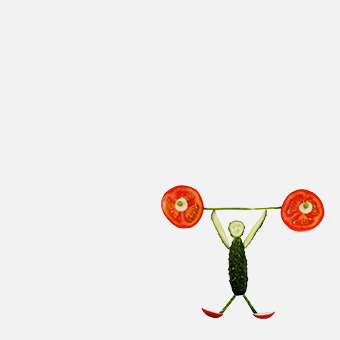Bored of your current exercise schedule? Looking for something different? Fancy trying a sport that challenges your mind and your body? A sport that offers something for everyone? A sport as sociable as you want to make it?
What about indoor climbing? From primary school kids to pensioners, from absolute beginners to budding Olympiads, dedicated climbing centres are springing up across the UK offering serious fun to just about everyone, along with some of the best workouts going. And don’t be fooled. The sight of ripped young gods – and goddesses – hanging from death-defying overhangs doesn’t mean you have to be super-fit. Technique is more important than strength – climbing is as much a mental as a physical challenge. Whatever your level of strength or fitness, you’ll find a challenge that’s right for you.
Many climbing centres also offer specialist tuition and support for people with a spread of mental and physical disabilities. It can also be a great rehab for physical injuries. It’s a sport for almost everyone.
What is indoor climbing?
Initially designed to mimic the challenges of outdoor rock climbing, indoor climbing – perfect for the UK’s dodgy weather – involves the use of artificial climbing walls with moveable holds offering a stunning array of physical challenges. For some, it offers accessible all-year-round prep for the big outdoor climbs. For many, it’s the perfect workout all by itself. And remember, climbs are graded, so there is always something for absolute beginners – but you’ll be surprised how quickly you can progress.
Most centres offer climbing gear to rent or buy – usually harnesses and climbing shoes – so you can give it a whirl before shelling out.
What types of climbing are on offer?
Although every climbing centre is different, most offer three basic climbing types:
Bouldering
Low level, rope-free climbing, usually over crash mats for safety. Minimal climbing gear – just shoes and chalk – with routes graded for difficulty. Fast, fun and as physical as you want to make it.
Top-rope climbing
Climbers are harnessed to ropes clipped to the top of the wall and managed by a climbing partner. As you climb your buddy takes in the slack, ensuring your safety.
Lead climbing
Slightly more advanced – rather than being anchored at the top of the wall, you progressively clip yourself into anchor points as you climb.
What are the physical benefits?
In a word, impressive. It’ll come as no surprise that climbing works the upper body – the back, shoulders, abs, arms and hands. But it also works the lower body – legs, glutes and hips. It boosts flexibility and agility: stretching, twisting, leaning and reaching put your body through a huge range of movement. It can also build stamina, cardio fitness and improve balance. A good climbing session is also a serious calorie burner. Climb long-term and it’ll help you ward off a bunch of chronic illnesses.
And don’t forget the mental benefits. A good climber needs to think about their route – it takes total mental focus. Most climbers find it a great de-stressor – you are totally in the moment. Suffer from vertigo? Don’t worry – it can be a safe way to gradually approach your fear.
Although you can safely boulder entirely solo, climbing can also be sociable – for top roping and lead climbing you’ll want a buddy – but most centres also offer group tuition and social sessions to meet and learn from other climbers.
In or around South Derbyshire or Lincoln? Why not check out our climbing walls.


















